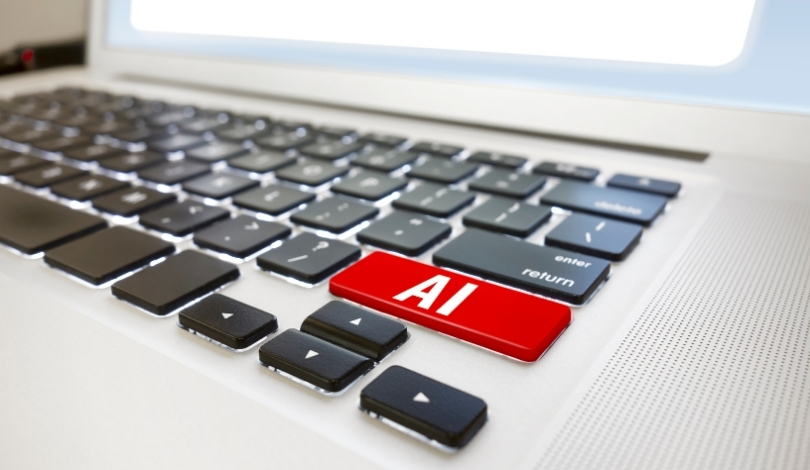Consumer robotics is rapidly evolving as companies strive to integrate advanced artificial intelligence into everyday environments. Figure AI’s launch of the Figure 03 humanoid signals a notable step, with design and manufacturing pivots aimed at everyday home use and scalable production. Addressing longstanding challenges around usability, interaction, and cost, the newly introduced Figure 03 aims to make complex robotics a feasible addition to households. As robots move from prototypes to consumer-ready products, customer expectations and industry standards will likely shift as well.
Announced changes in this generation contrast with past launches, which focused mainly on technological demonstrations or deliveries to select partners. Earlier iterations, such as Figure 01 and Figure 02, were produced in smaller quantities with limited customization and relied on traditional manufacturing techniques. Figure AI’s new manufacturing facility, BotQ, and the establishment of a dedicated supply chain set Figure 03 apart as a mass-market-ready product. This expanded vision is shared by its peer 1X Technologies, whose NEO Gamma robot is one of the few other humanoids designed specifically for home settings, but Figure AI’s scale and design for broader deployment mark a shift in strategy and industry ambition.
How Does Figure 03 Integrate AI for Practical Use?
Figure 03 is built with the Helix model, integrating AI reasoning and physical coordination. The robot benefits from a redesigned sensory suite and advanced vision system, offering enhanced perceptual abilities while remaining compact. Cameras with a wider field of view and embedded palm sensors provide redundant visual feedback, allowing the robot to operate in cluttered or partially occluded environments. These developments aim to support safe, adaptable operation in homes, where dynamic situations are common.
What Improvements Make Figure 03 Suitable for Households?
Safety and user interaction take priority in Figure 03’s updated design. The use of multi-density foam and soft textile coverings helps minimize accident risk, while a revised audio system aims to facilitate more natural communication. The device’s mass and volume have been reduced for easier movement. Consumers can remove and wash soft components, and charging is accomplished wirelessly, signaling a focus on low-maintenance, continuous operation. As one spokesperson stated,
“Our goal was to build a robot that adapts seamlessly to daily life, prioritizing safety and usability.”
Can Figure 03 Meet Commercial Demands at Scale?
While designed for home use, Figure 03 is also intended for commercial tasks. Redesigned actuators, improved torque, and precision gripping are cited as key enablers for handling industrial processes. The company’s investment in tooling and process innovation allows costs per unit to decrease as production increases. With new supply partners and vertical integration, thousands of units are set for production at the BotQ facility, supporting both consumer and enterprise applications. Figure AI emphasized,
“We reconstructed our manufacturing approach so every Figure 03 can be built efficiently and reliably for larger markets.”
Unlike earlier humanoids limited to research labs or demonstrations, Figure 03 represents an effort to bridge real-world needs with manufacturability and affordability. Its focus on tactile control and robust learning infrastructure also reflects lessons learned from industry attempts at scalable robotics. The expanded wireless charging and data offloading features reduce operational bottlenecks and hint at more autonomous deployments.
As manufacturers and consumers assess the place of humanoid robots in homes and businesses, Figure 03 offers a test case for technological, economic, and social acceptance. Prospective buyers may find the durability, upgradability, and AI integration compelling, but industry observers will closely watch the longevity and adaptability of these robots in variable environments. For decision-makers considering automation, evaluating the interoperability with existing systems and readiness for real-world tasks remains key. Detailed scrutiny of usability, lifetime cost, and safety features will inform future deployment at scale, offering valuable insights into the development trajectory for general-purpose robotics.










